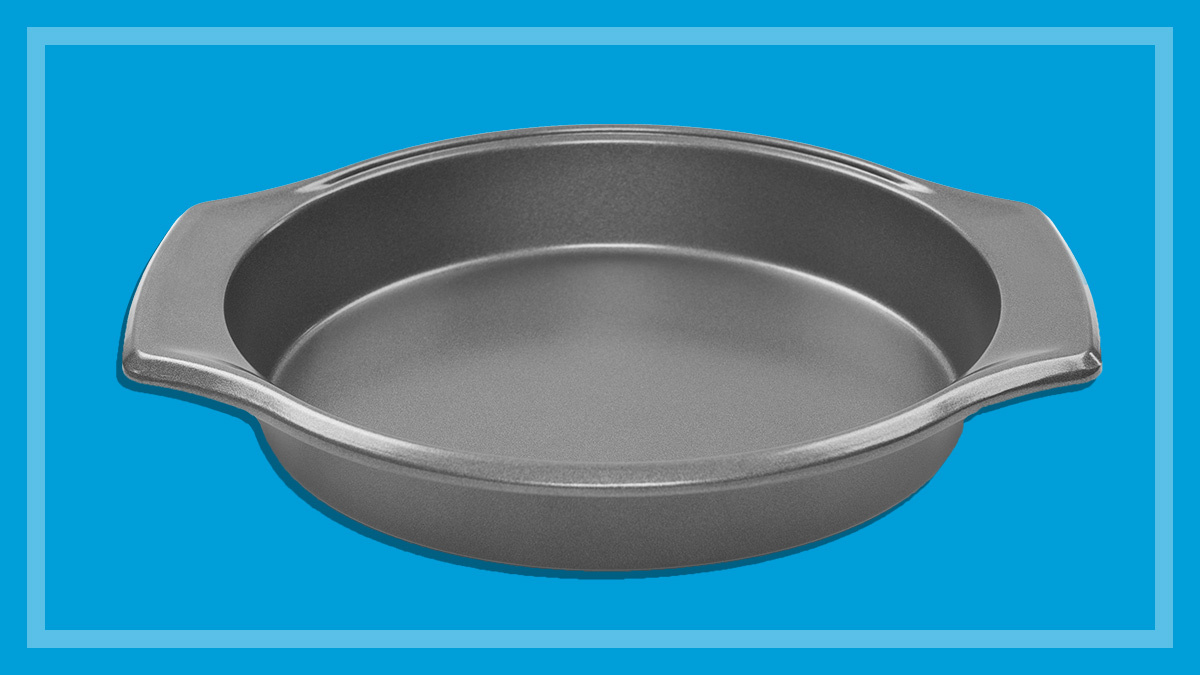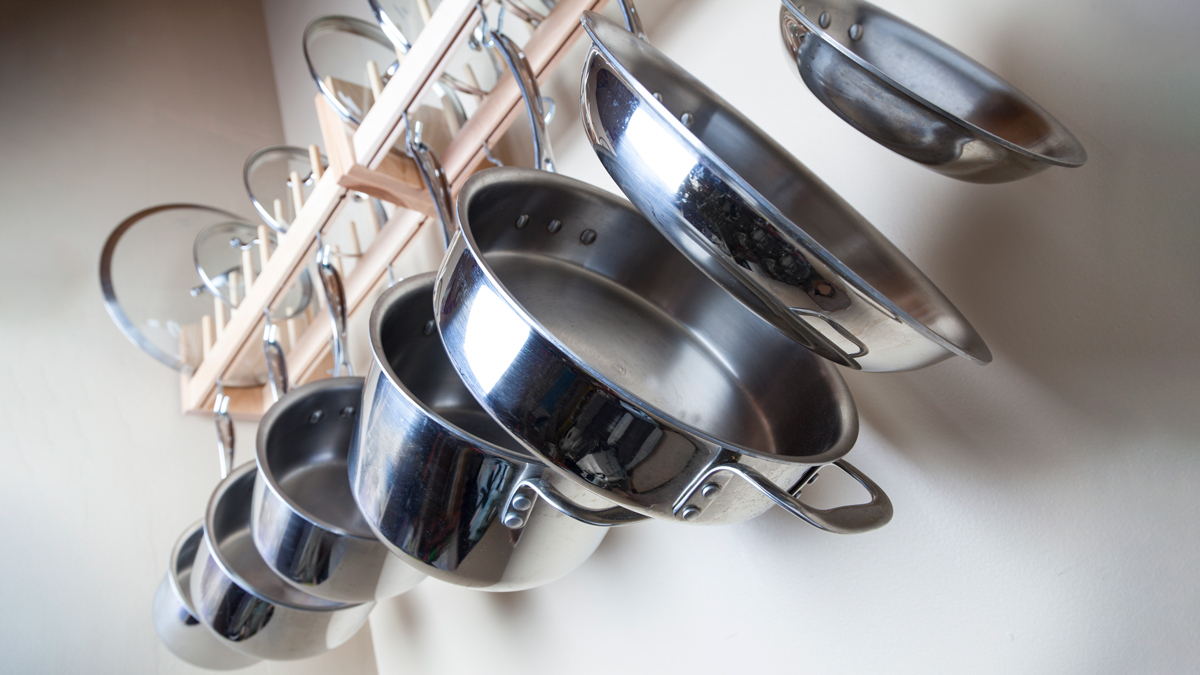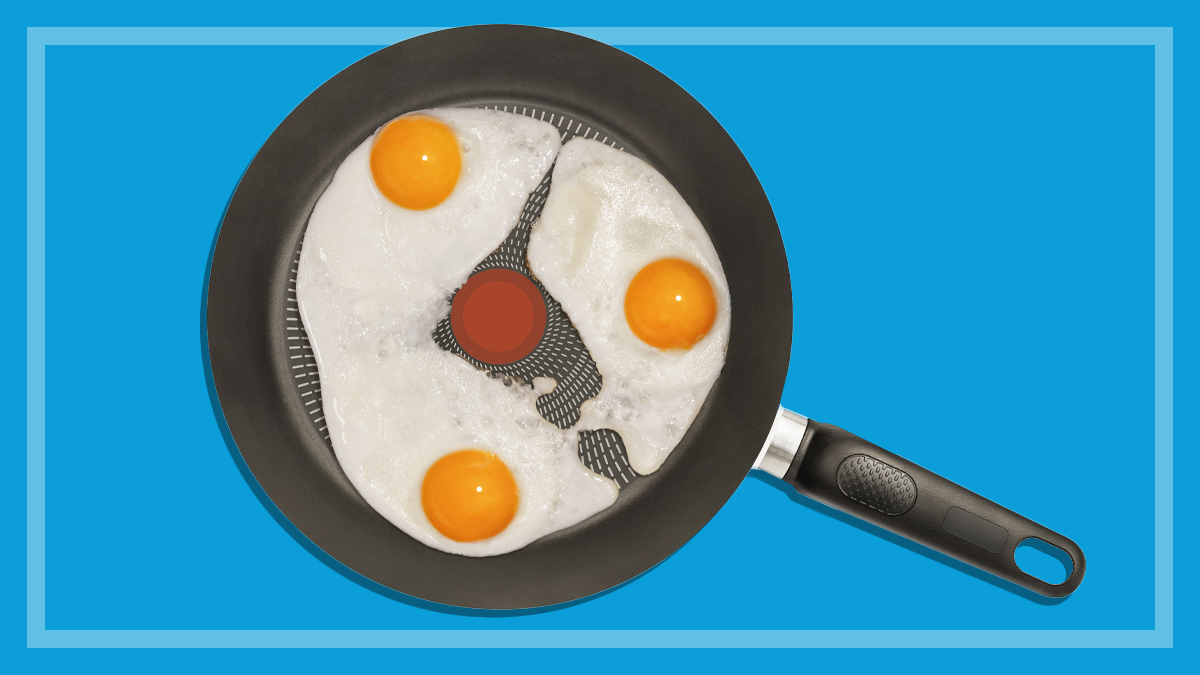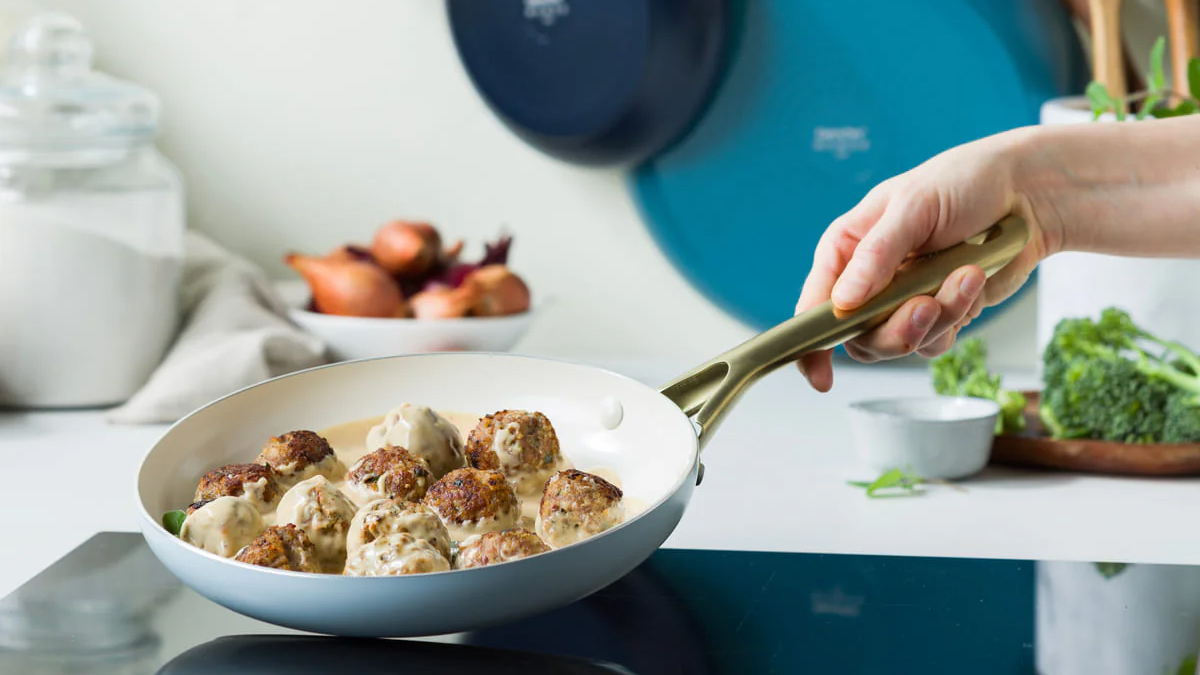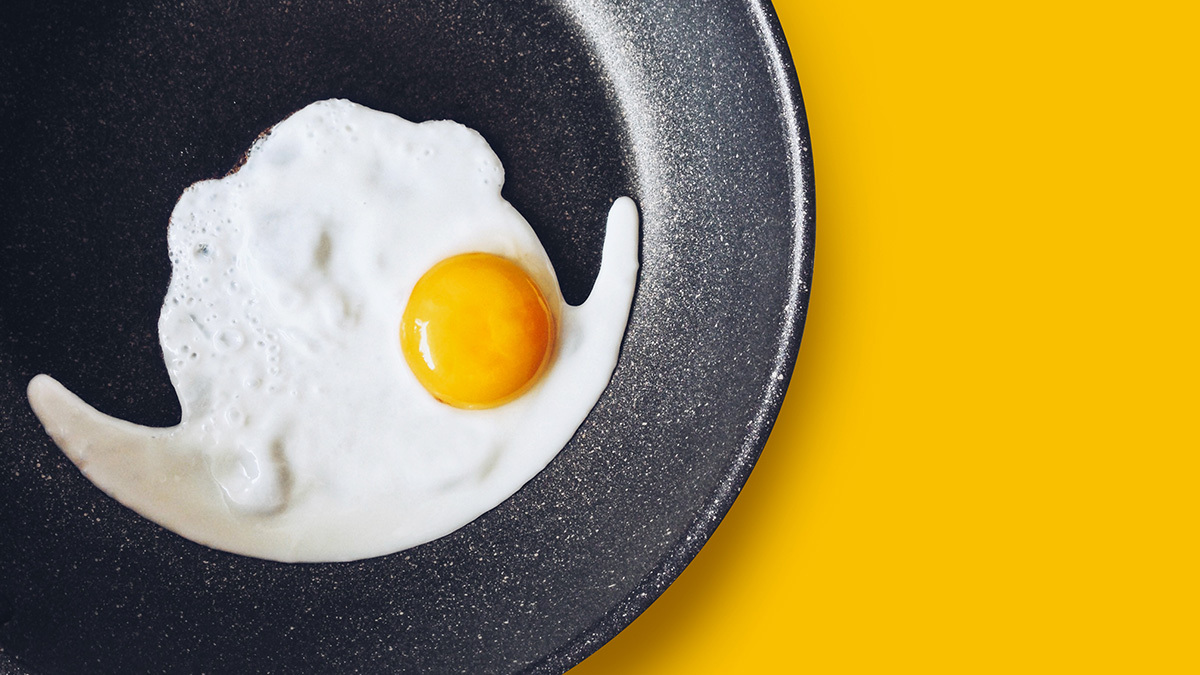Get our independent lab tests, expert reviews and honest advice.
How to make the perfect sponge cake
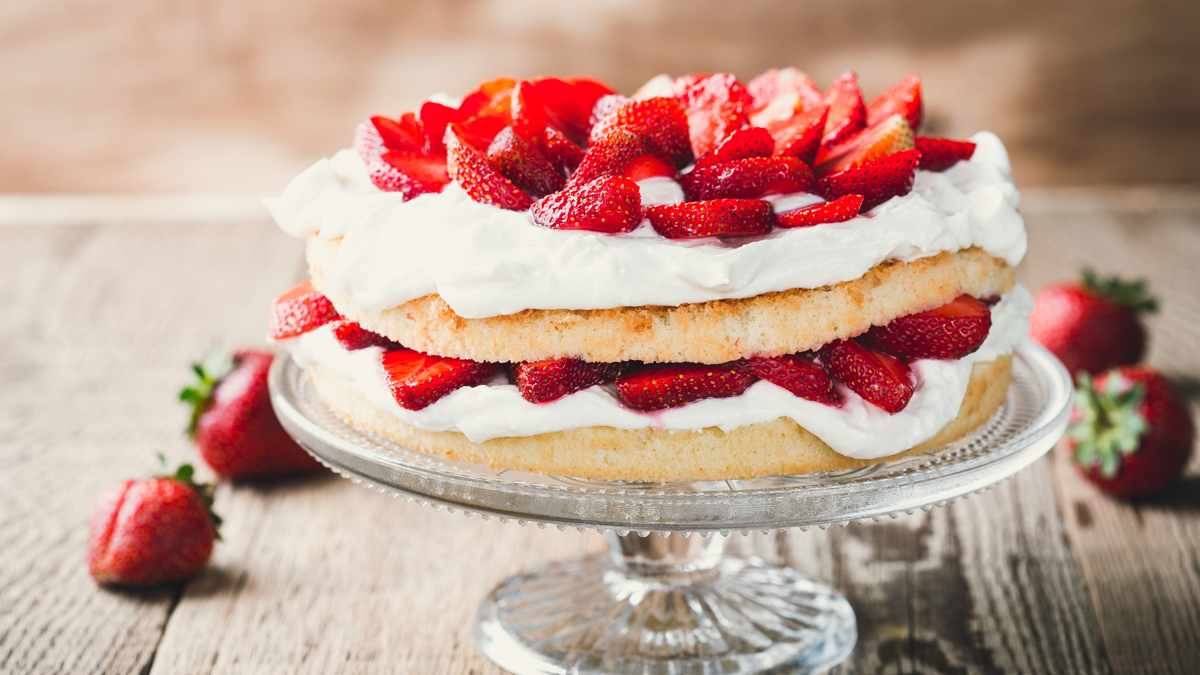
Light and ethereal, a perfect sponge is a thing of aerated beauty. Sandwiched with freshly whipped cream and strawberries, there really isn’t a more elegant teatime treat.
But often, getting the air in there – and keeping it there – proves a little elusive. There’s nothing more deflating than popping a sponge cake from the tin to find a firm, flat disc.
If you’ve fallen flat with your attempts, fear not, CHOICE expert Fiona Mair shares her simple recipe and some tried-and-true tricks for keeping it light.
It’s a tin thing
Fiona says a sponge cake can be baked in a shallow round cake pan, swiss roll pan or a lamington pan. You don’t want the pan to be too deep (save deeper cake tins for denser cakes). Two shallow tins are also great for making layer cakes, as you have your two halves ready to go, rather than slicing a larger cake. If you’re dividing your batter between two pans and would like everything to be edible perfection, weigh even amounts of batter when pouring it into the pan. As darker colours absorb more heat, Fiona suggests using a light-coloured cake pan to prevent the sponge from browning and drying out too much. For more tips on which pan to use for which cake, see our cake tin buying guide.
Weight limits
Baking is a science, so for cakes that rely on quite a precise chain of events for the desired result, the best practise is to weigh your ingredients. This is particularly true for eggs in a sponge, as they work as a leavening agent. So whip out the scales for this recipe. We’ve recently reviewed a range of digital kitchen scales if you don’t already own one.
Keep it separated
As eggs are one of the main ingredients in a sponge cake, always make sure yours are fresh before you begin baking. You also need to take care when separating the white from the yolks. “Make sure there are no yolk traces in the white or you won’t get a full peak, as egg yolk is fat and can deflate the eggwhite foam,” says Fiona.
Hold the grease, please
It might seem trivial, but it’s important to have a clean, dry bowl before you begin whisking. Any residual grease (fat) in your bowl can be problematic for a light-as-air batter. You’re also much better off using a glass bowl for sponges.
Whisk it real good
What gives a sponge its irresistibly light crumb is trapped air, which expands during baking, forcing the cake to rise. To make sure you have entrapped a sufficient amount of air, always use the whisk attachment on your stand mixer, as this will help aerate the whites even further. Remember, the more air the better.
Beat it, sugar
You’ll want to make sure your sugar is completely dissolved before adding the egg yolks. To check this, Fiona says to rub a little of the mixture between your fingers, if it feels grainy, keep beating for another 2 minutes.
Slow it down but don’t stop
Fiona recommends a slow folding motion when folding the flour into the egg whites. This is so you don’t knock the air from the batter. You could also use a hand whisk, which makes it easier. But a word of warning, air won’t hang around for too long, so don’t leave your batter waiting before you bake or you’ll lose some of those precious bubbles.
Check your temperature
When it comes time to pop the sponge into the oven, first ensure your oven is preheated. Fiona says it’s best to use the fan-forced mode and place the cake on the centre shelf. A low temperature of 160°C is recommended for baking your sponge, but how well do you know your oven? Every oven has its own little idiosyncrasies, so for something as sensitive as a sponge, it pays to know where the hot spots are so you can avoid them.
Is it ready yet?
Again, as all ovens are slightly different, baking times for the perfect sponge will vary. A good test to check whether it’s ready is to lightly press your finger onto the cake, if the cake springs back up, it’s good to go. Whatever you do, don’t use a skewer! Just think of what a pin does to a balloon, you don’t want the same thing to happen to your cake.
Freeze it
For a cake with such a delicate constitution, sponges freeze surprisingly well. You can keep your unfilled cake in the freezer for up to one month. Simply thaw it in the fridge the day before you’d like to use it.
Serve it
The classic whipped cream and strawberry combination is infallible, but you could also get creative with your toppings and fillings. Fiona suggests passionfruit icing with a passionfruit butter and whipped cream filling for a more tropical treat.
Didn’t nail it?
If you didn’t bake the perfect sponge this time, don’t worry. It’s often the simplest recipes with the least ingredients that prove the most frustrating. It may take a few goes to master, but it probably still tastes delicious.
Fiona’s sponge cake recipe
Ingredients
6 x 55g eggs at room temperature, separated
pinch of salt
250g caster sugar
250g self-raising flour, sifted
20g butter and 80ml hot water, combined
Method
Preheat a fan-forced oven to 160°C (180°C conventional). Grease and line a 20cm round cake pan or 2 x 18cm round sandwich pans with baking paper.
Using a benchtop mixer or hand mixer, add the egg whites and salt to a clean, dry mixing bowl and beat on medium-high speed for approximately 2 minutes or until soft peaks form.
Reduce speed to medium, gradually pour in the sugar and beat for 4 minutes or until the sugar is completely dissolved. To check this, rub a little mixture between your fingers, if it’s grainy, continue to beat for a further 2 minutes. Gently beat in the egg yolks one at a time.
Using a whisk or spatula, gently fold in the sifted flour. Pour in the melted butter and hot water and mix well. Pour the mixture into the prepared pans.
Place the pans in the middle of the oven and bake for approximately 30 minutes or until the cake is light to the touch and slightly shrinking in from the sides. To check the cake is ready, press your finger lightly onto the cake, the sponge should spring back when cooked.
Allow the cake to cool in the pan before turning out onto a wire rack. Remove the baking paper.
Carefully slice the sponge in half horizontally. Spread one half with raspberry jam, sliced strawberries and whipped cream, sandwich with the remaining half and dust with icing sugar to serve.
*This recipe will also accommodate a 25cm x 30cm x 1cm Swiss roll pan and a 30cm x 20cm x 3cm lamington pan.

